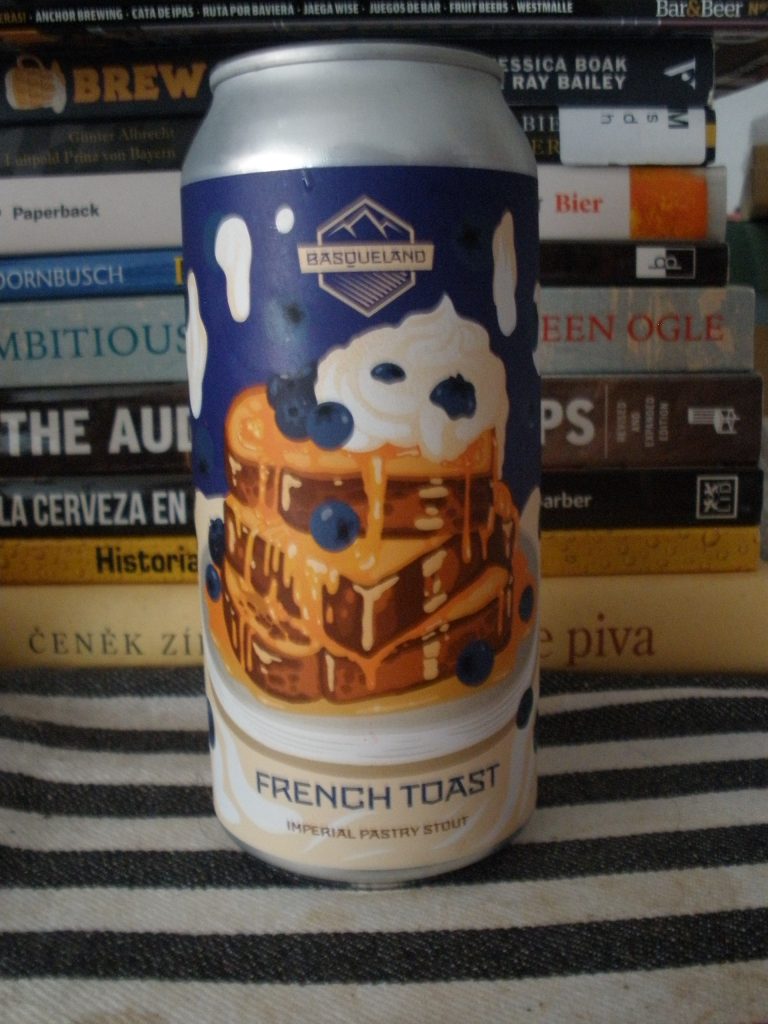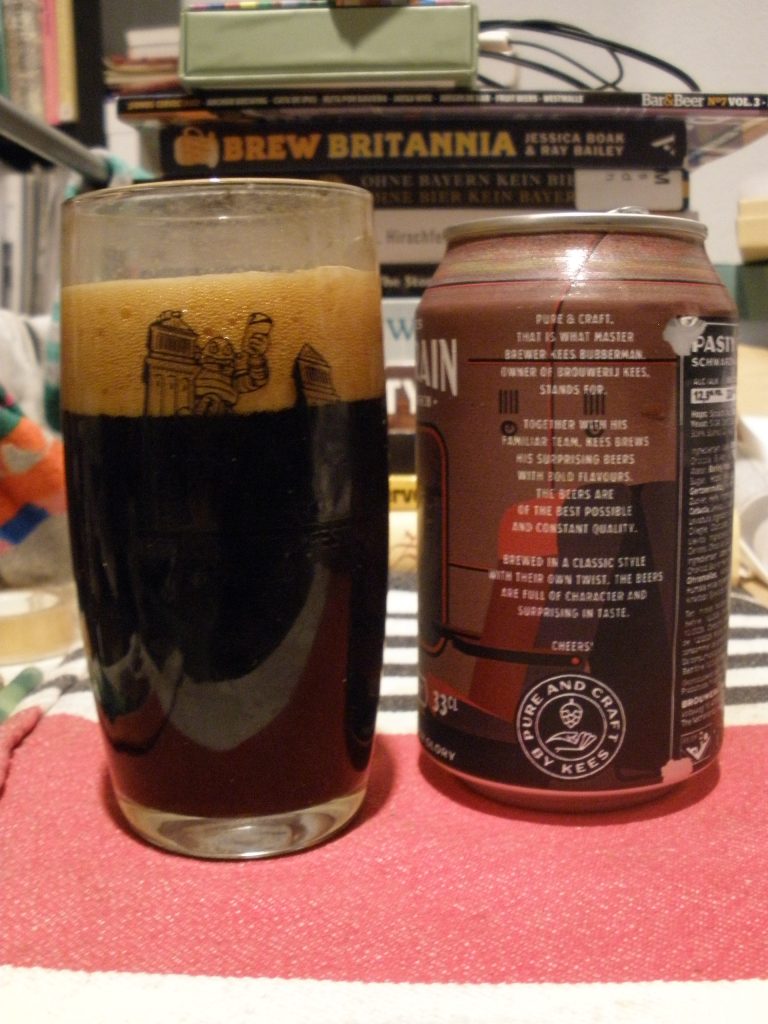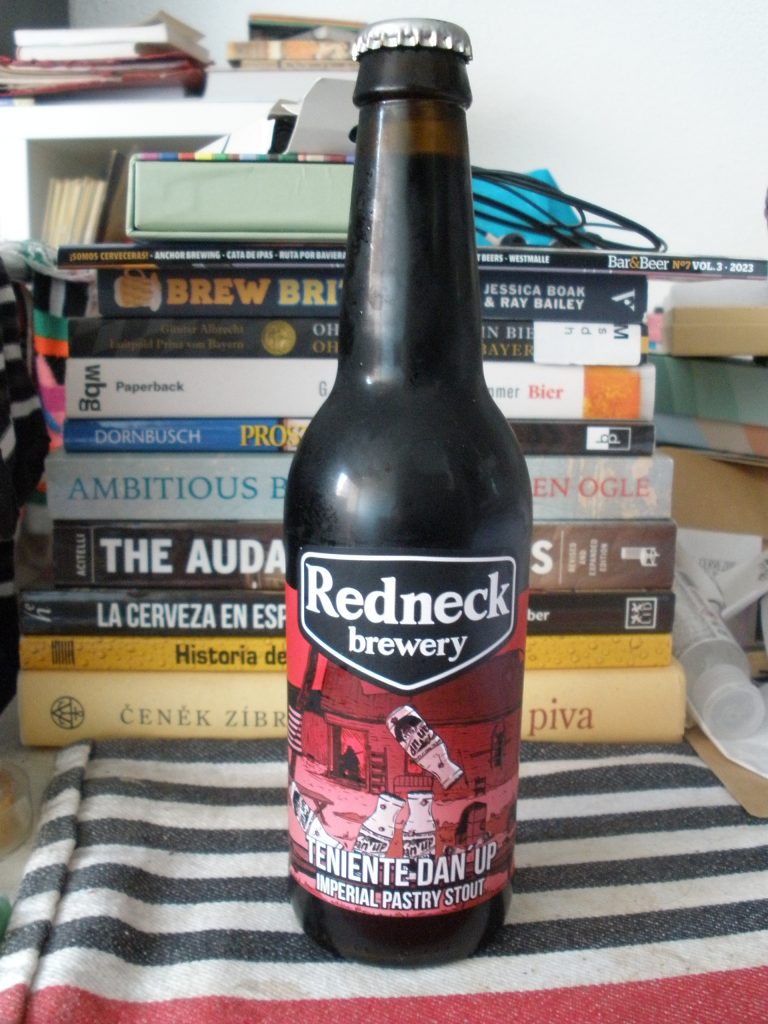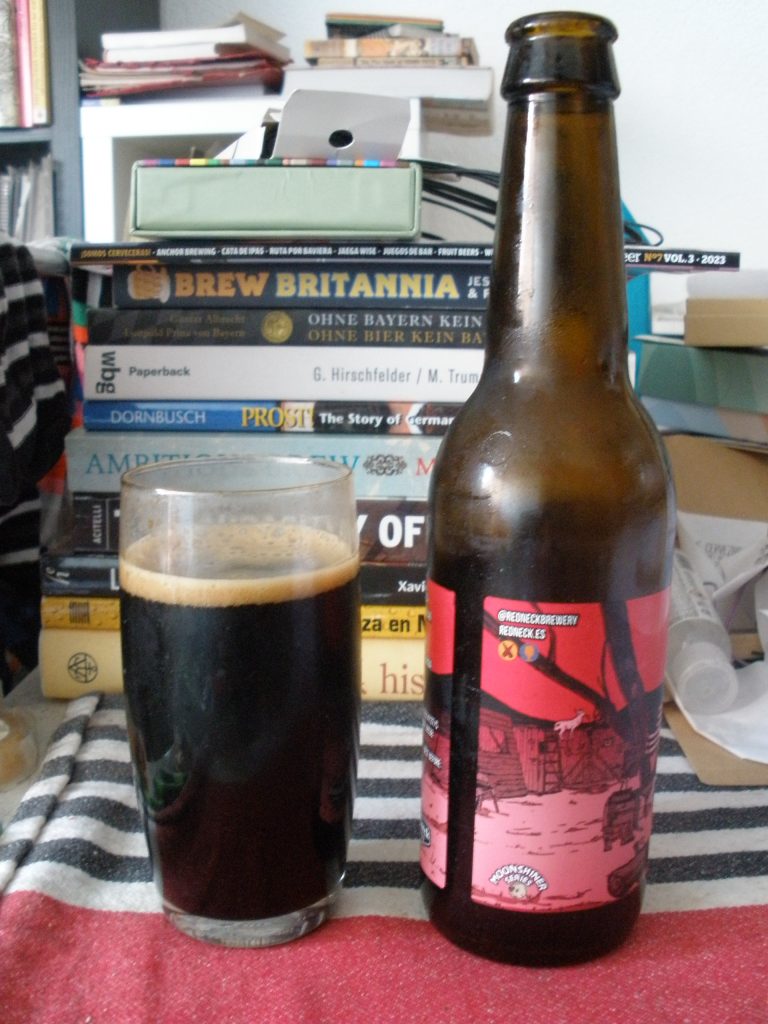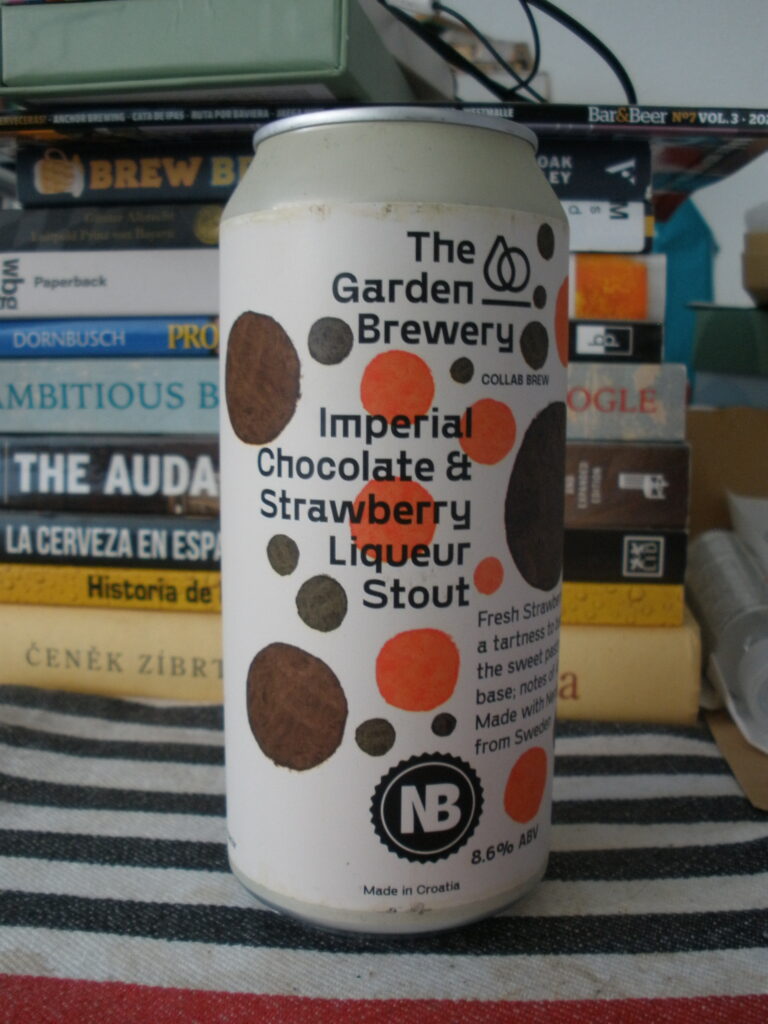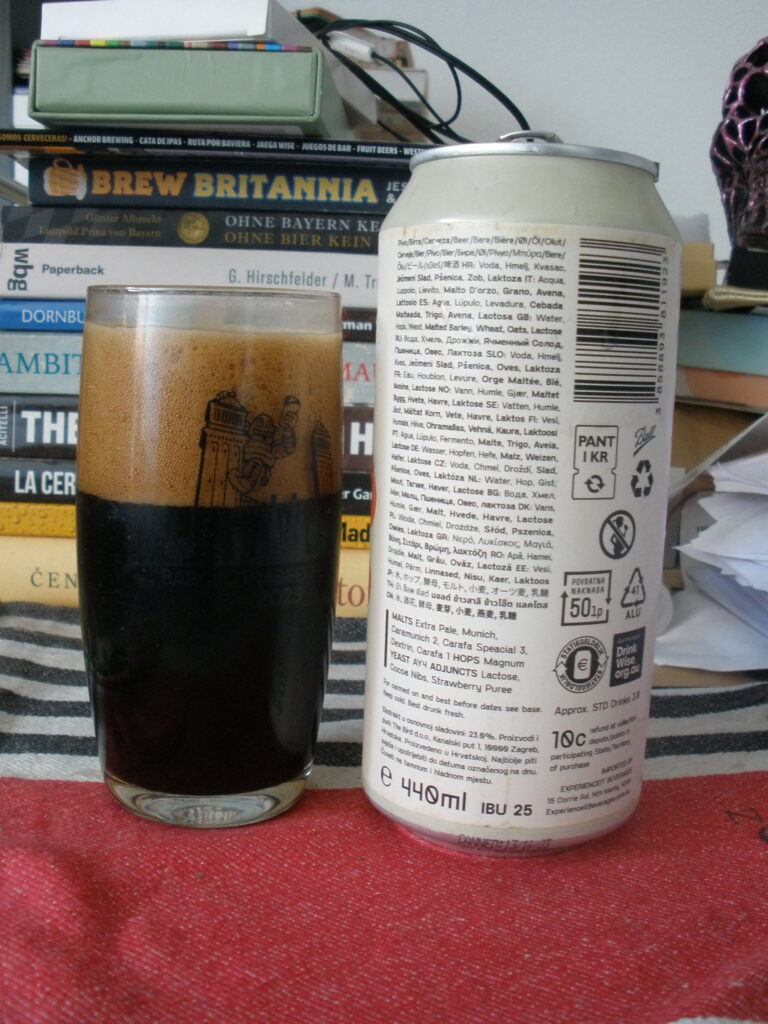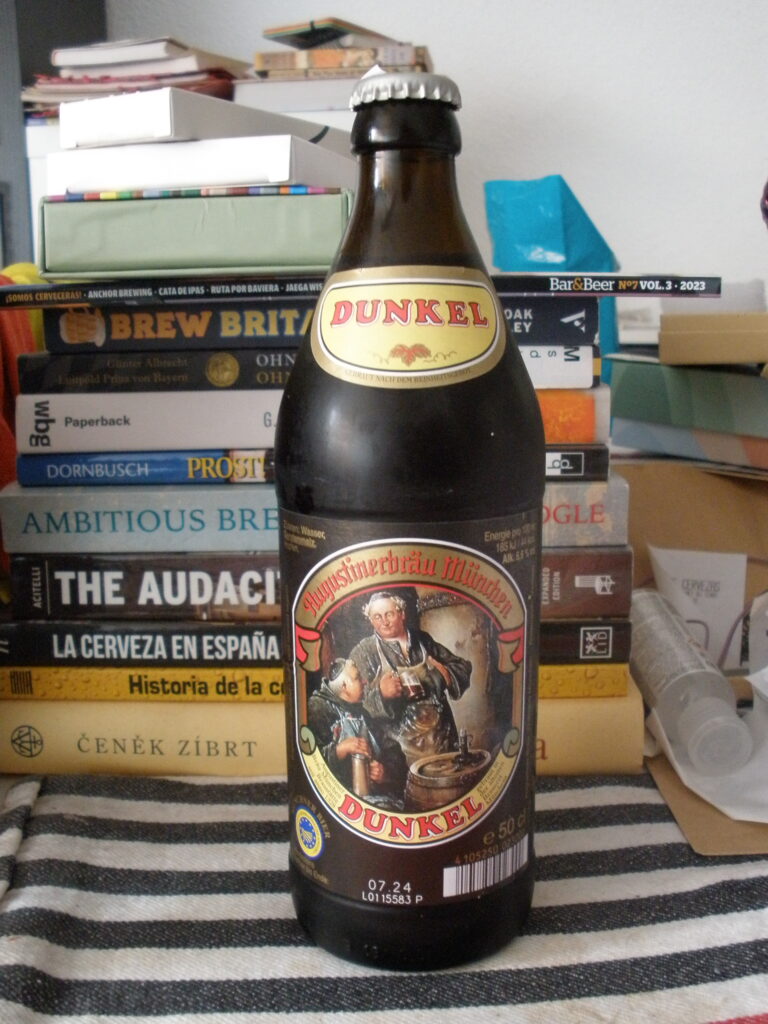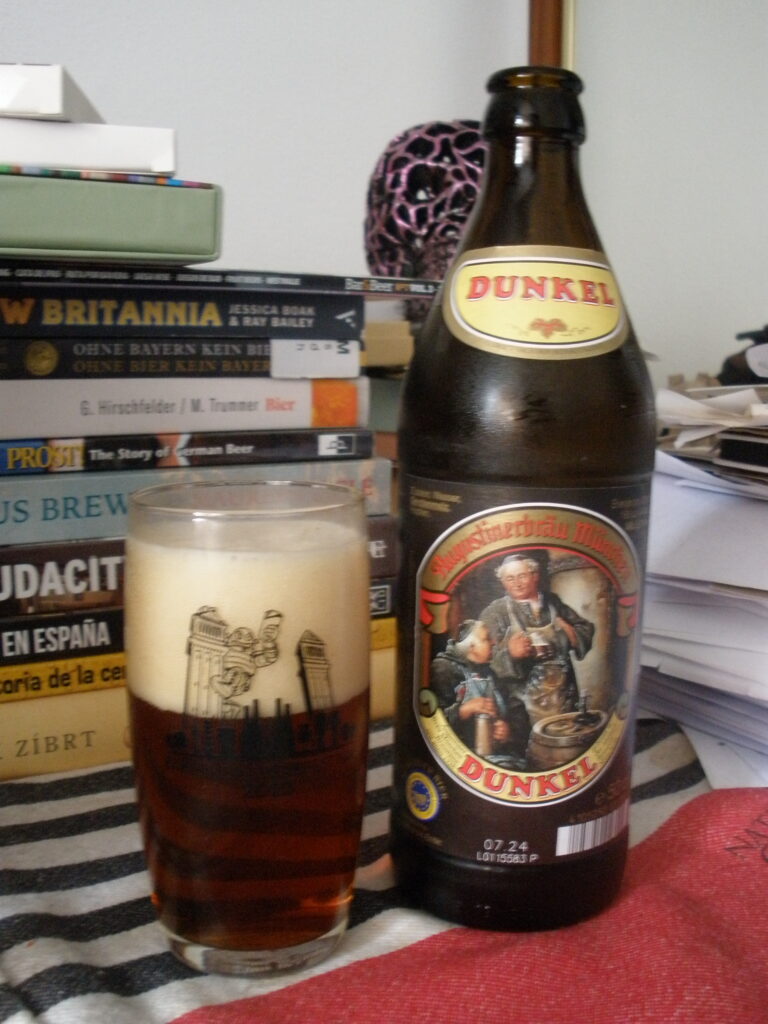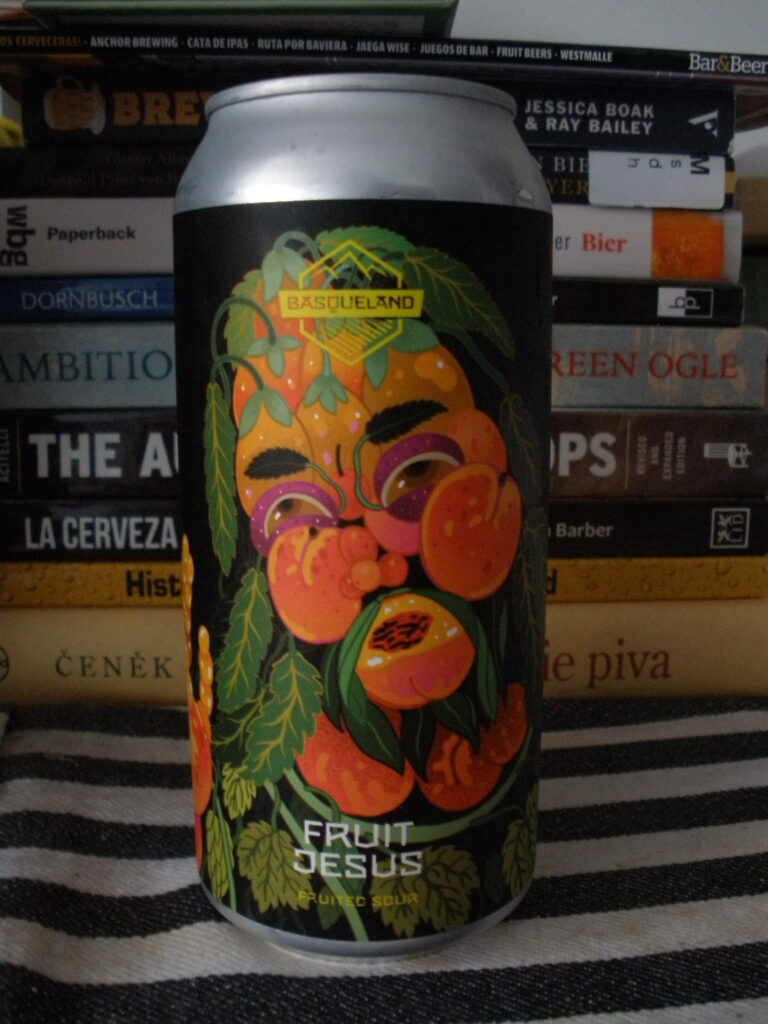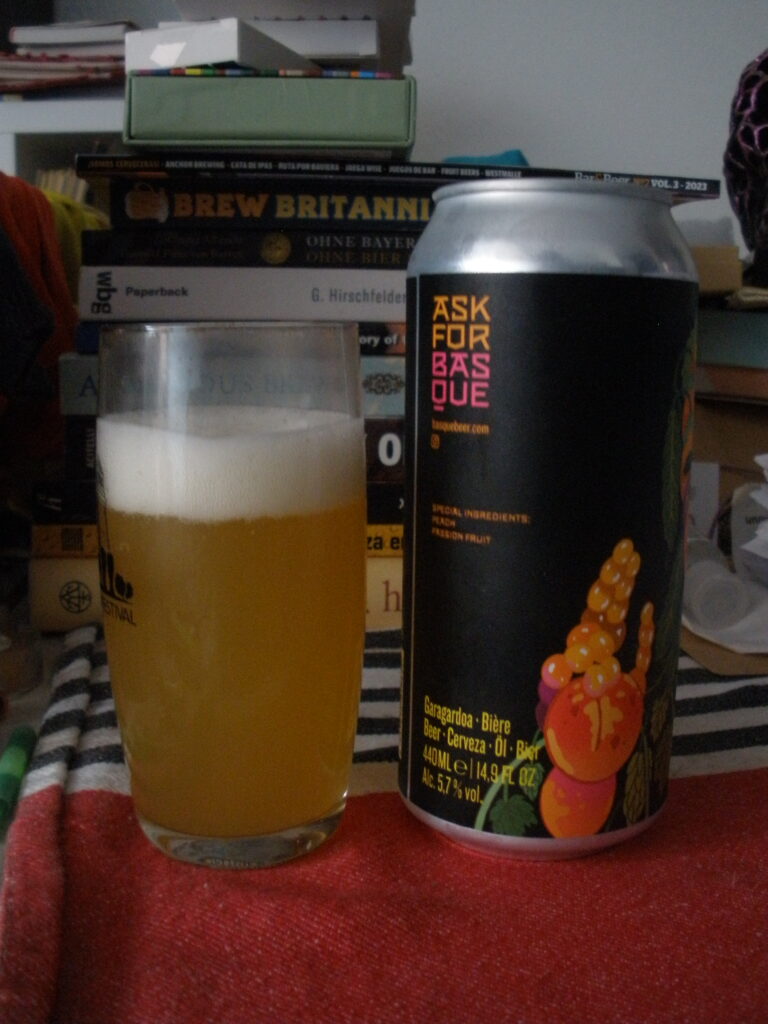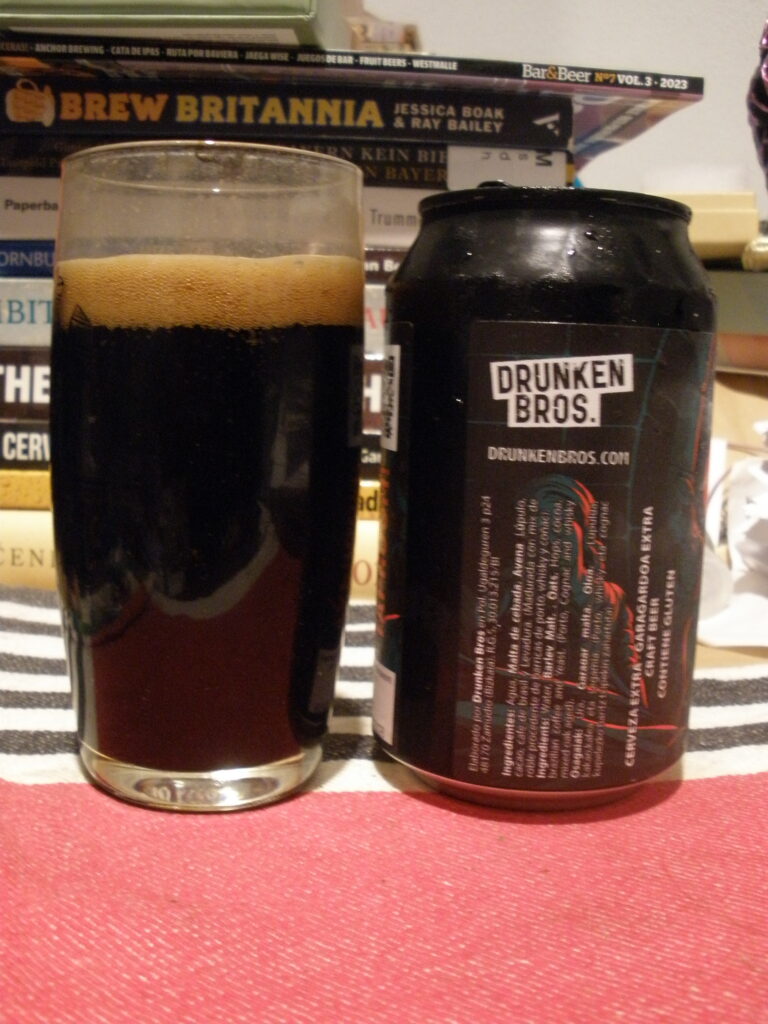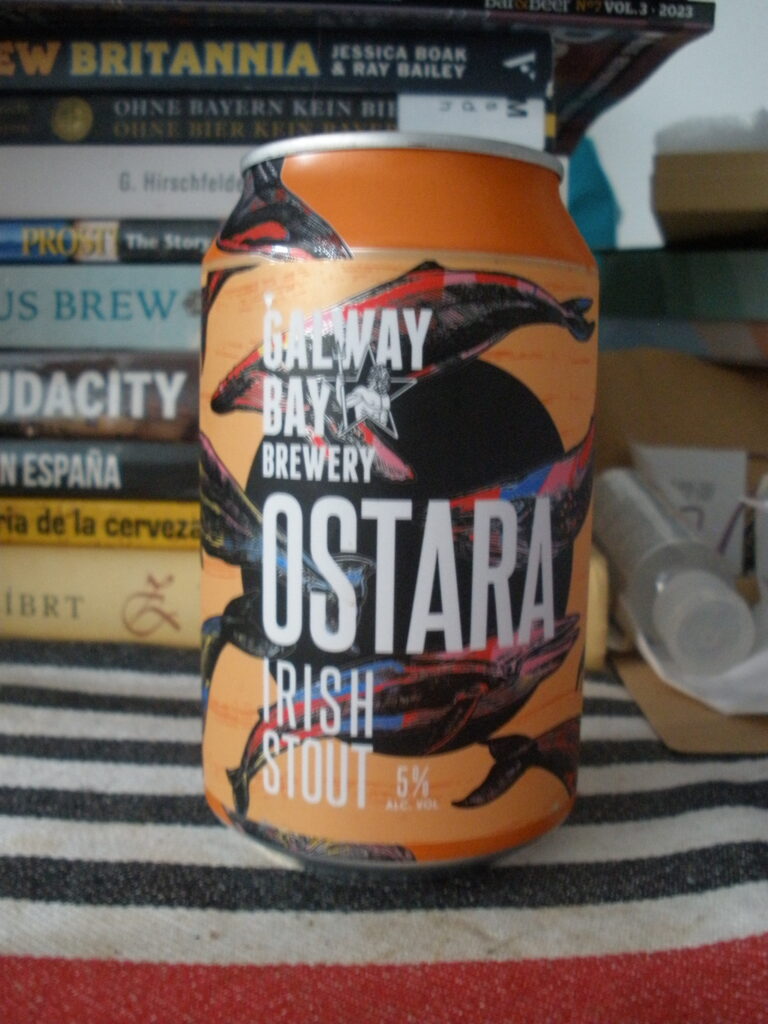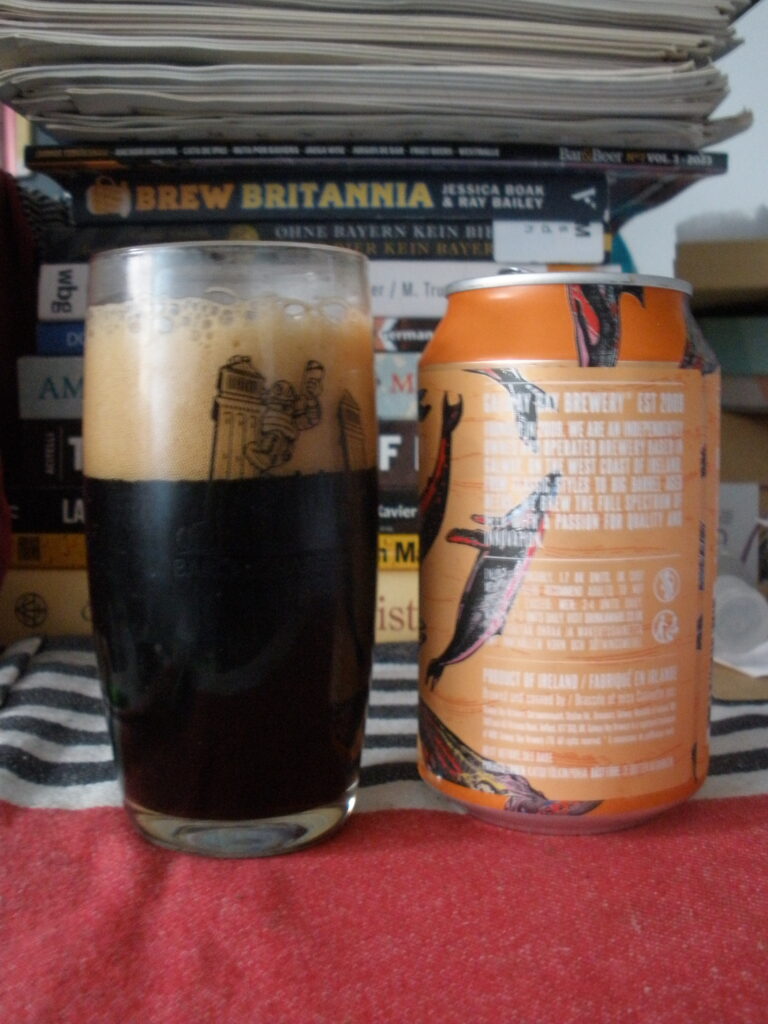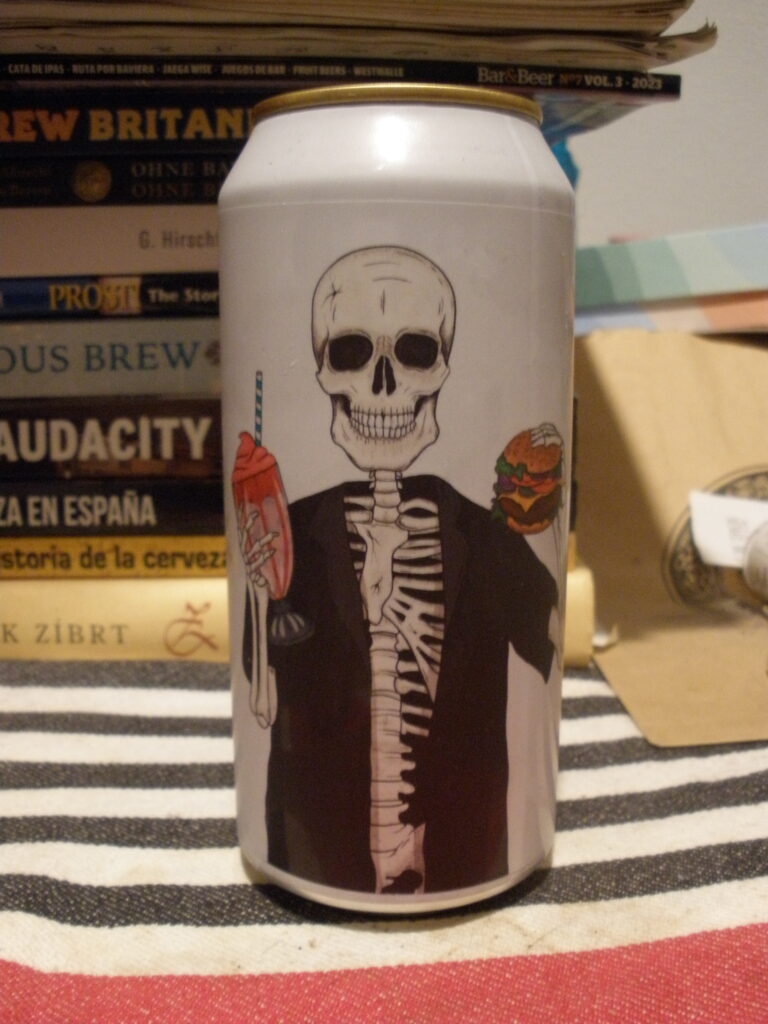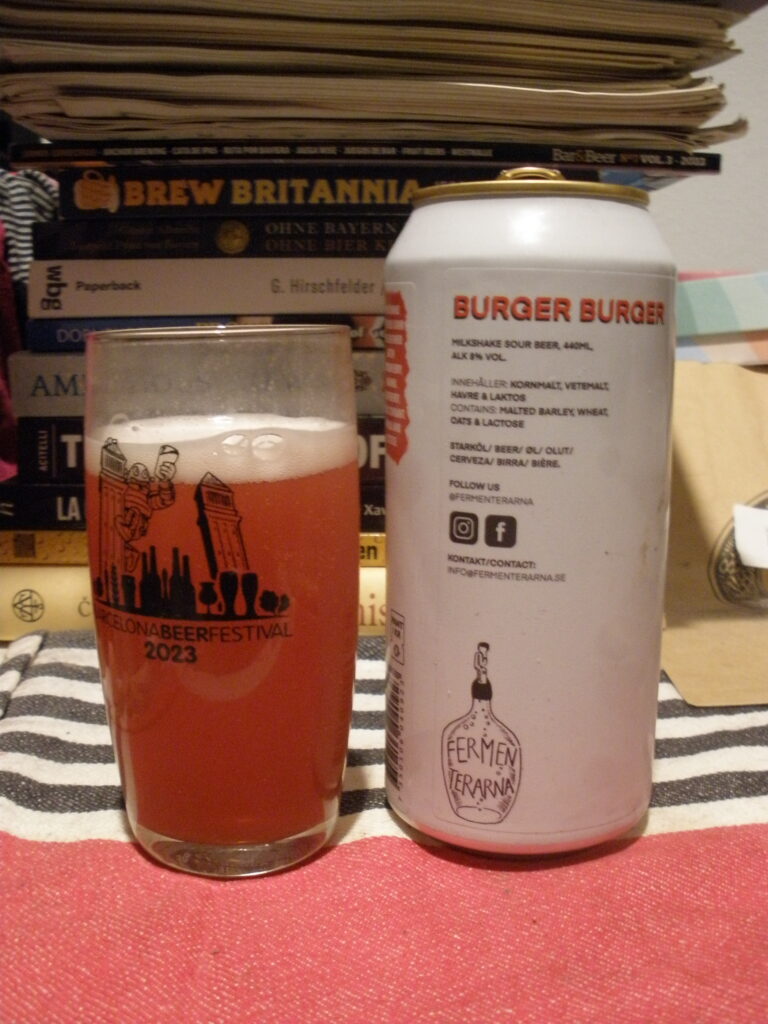not so alarming
A little spot of light after some dark drinks? A rosy spark of dawn, it seems. Like I say, every once in a while I feel like I should try something different, and The Rowdy Rooster looks like something different. It’s a raspberry kettle sour, not the type of beer I normally pick up, but as summer becomes more evident, it might be a welcome change. The Pine Ridge Brewery out of Sweden might be seeing summers more like Spain’s so a little lightness might go over well even up north. Not only that, I recently learned about more traditional beers of those latitudes being on the sour side, so maybe they’re getting back to their roots.
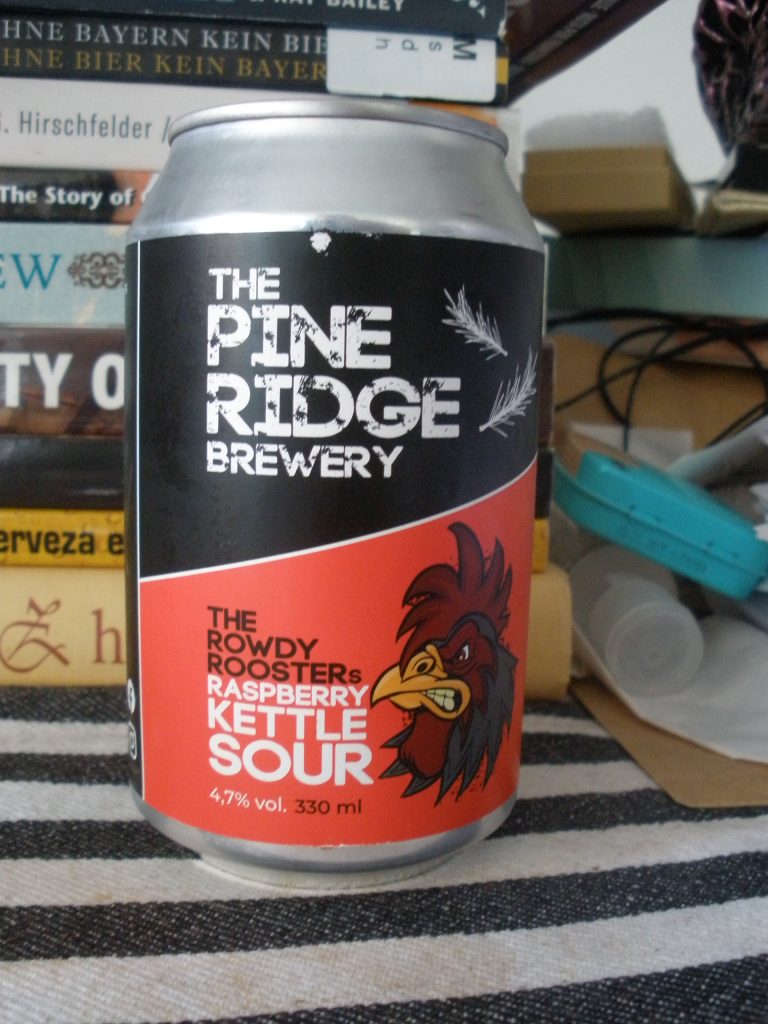
Rosy red and lightly headed, tangy sour fruit aroma. It seems a little heavy for raspberry, but it is identifiable. It’s one of those dry fruity beers, with little sweetness in the immediate flavor, although it isn’t over the top sour. While bubbly, it’s smooth and easy to drink, very summery. Still there’s a weight of body to it that would also make it palatable for a winter party drink. There’s no weird aftertaste like some sours, no sulfury taste or anything. Long ago I had a raspberry ale from a now disgraced brewery and there’s a certain similarity. I don’t know if the name quite fits, to be honest, but it’s bright and happy enough, perhaps a wake-up call for the afternoon, although not so much for the crack of dawn.

Supplier: Labirratorium
Price: €3.90
